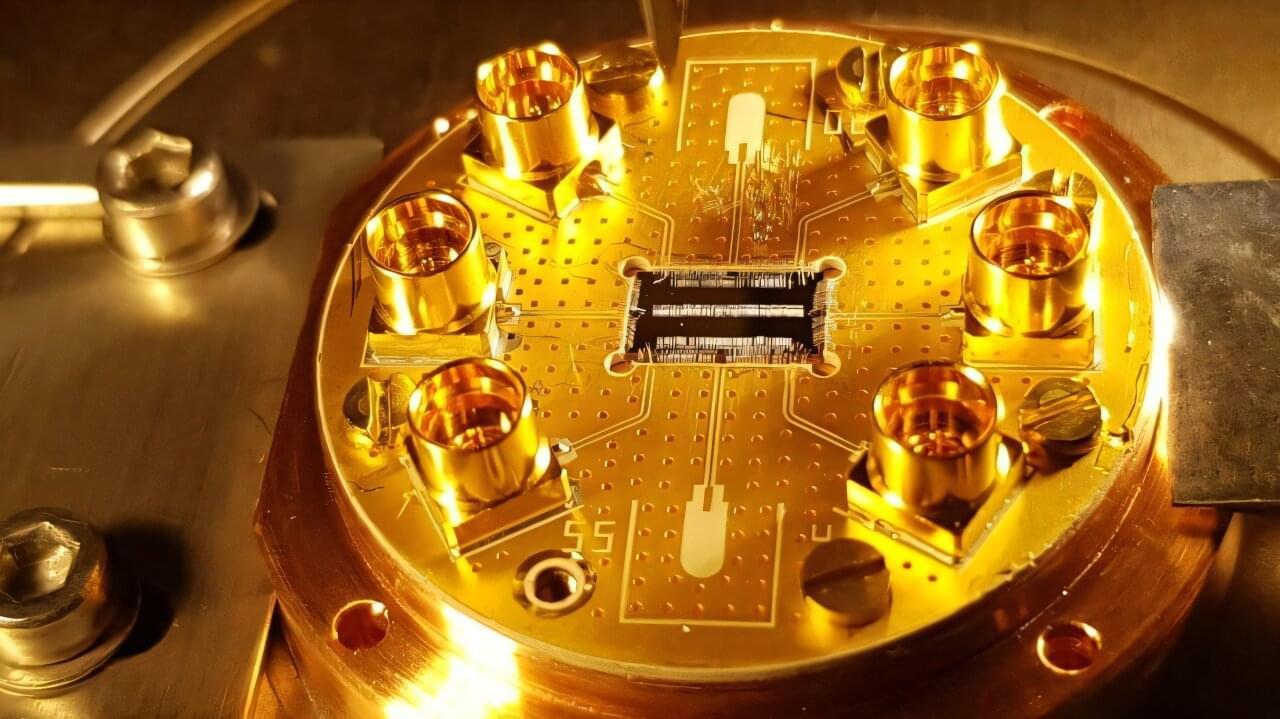Scientists at EPFL have made a breakthrough in designing arrays of resonators, the basic components that power quantum technologies. This innovation could create smaller, more precise quantum devices.
Qubits, or quantum bits, are mostly known for their role in quantum computing, but they are also used in analog quantum simulation, which uses one well-controlled quantum system to simulate another more complex one. An analog quantum simulator can be more efficient than a digital computer simulation, in the same way that it is simpler to use a wind tunnel to simulate the laws of aerodynamics instead of solving many complicated equations to predict airflow.
Key to both digital quantum computing and analog quantum simulation is the ability to shape the environment with which the qubits are interacting. One tool for doing this effectively is a coupled cavity array (CCA), tiny structures made of multiple microwave cavities arranged in a repeating pattern where each cavity can interact with its neighbors. These systems can give scientists new ways to design and control quantum systems.
